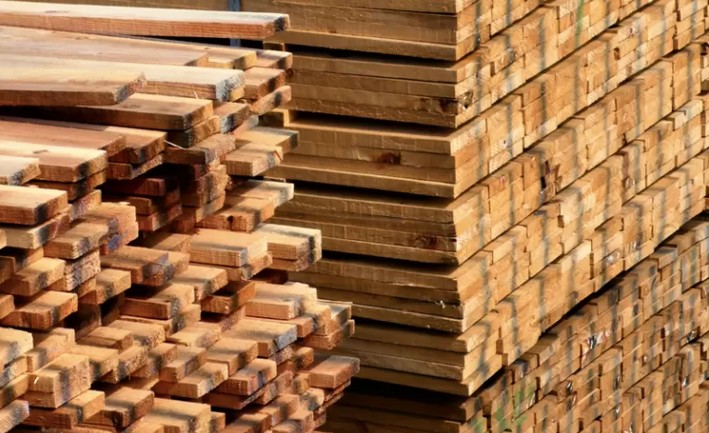Lower Demand in the U.S. Pressures the Forestry Sector
The latest record of the "housing starts rate" indicator in the United States, corresponding to May of this year, has raised alarms in the global forestry sector. With an annualized value of 1.26 million homes, this is the lowest level since April 2020, during the height of the pandemic, according to the Infor report.
The decline represents a year-on-year drop of -7.3% compared to May 2024 and a sharp monthly decrease of -9.8% compared to April of this year. Experts interpret this contraction as a response from the real estate market to the uncertainty generated after the April 2 announcements regarding new tariff measures in U.S. trade.
Repercussions on Forest Products
The weakening of the construction sector in the U.S. is already reflected in the producer price indices (PPI) for forest products. Engineered wood products show a year-on-year decline of -6.3%, with six consecutive months of monthly setbacks.
Meanwhile, wood panels recorded a year-on-year decrease of -3%, accumulating eleven consecutive months of declines. On the other hand, wood moldings show greater stability, with a slight year-on-year increase of 0.2% and monthly growth of 1.5%.
In contrast, softwood lumber shows a year-on-year increase of 9.1%, though this figure is mainly explained by a low comparison base after the decline observed in May 2024. However, in monthly terms, the index fell -3.2%, accumulating a -16.5% drop since March.
Global Trends Set the Pace
The international scenario also shapes the future of Chile's forestry sector. Economic growth projections show a slight global slowdown:
• Global economy: from 3.4% in 2024 to 2.9% in 2026.
• China, Chile's main trading partner, drops from 5.0% to 4.3%, though it remains the leader among major economies.
• The U.S., a key market for forestry exports, projects a significant decline: from 2.8% in 2024 to 1.5% in 2026.
• Europe maintains weak but stable growth (from 0.6% to 1.2%).
• South Korea stands out with an expected recovery of 2.2% in 2026.
Implications for Chile
Faced with this scenario, Chile's forestry sector must tackle the challenge of diversifying markets and adapting commercial strategies. Despite the global slowdown, the sustained dynamism of countries like China and South Korea represents an opportunity to reorient exports.
Likewise, the drop in prices of key products forces the sector to evaluate investment decisions, innovation, and the development of higher-value-added products to maintain competitiveness in an increasingly demanding and volatile international context.









